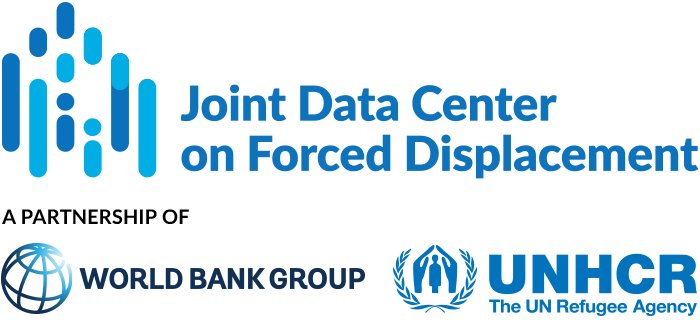JDC Literature Review
The JDC literature review contains summaries of recent publications and academic scholarship on issues relating to forced displacement.
Global Report on Internal Displacement (GRID) 2021
The 2021 Global Report on Internal Displacement (GRID) presents global figures for internal displacement in 2020. The report includes the following key statistics on internal displacement due to conflict and violence: An estimated 48 million people in 59 countries and...
Reflections and Directions for Research in Refugee Studies
Refugee studies emerged as an area of scholarship in the 1980s. This review piece discusses developments in the field of refugee studies and identifies areas for future research. Main points: Attempts to theorize refugee migration are relatively recent, compared to...
‘Over-researched’ and ‘Under-researched’ refugee groups: Exploring the phenomena, causes and consequences
Not all refugee groups receive equal attention from researchers. Among certain groups of refugees who have been the subject of numerous research studies, there is increasingly ‘research fatigue’, while there are other groups of refugees who feel they are...
Development after Displacement: Evaluating the Utility of OpenStreetMap Data for Monitoring Sustainable Development Goal Progress in Refugee Settlements
The Sustainable Development Goals (SDGs) are most commonly monitored using data collected through national censuses and surveys. However, refugees are consistently excluded from these data collection instruments as well as global settlement and population datasets....
The Labour Market Effects of a Refugee Wave. A Replication Study of Peri and Yasenov (Journal of Human Resources, 2019)
There has been much academic debate about the effects of the Mariel Boatlift—the exodus of 125,000 refugees from Cuba to Miami, Florida in April 1980—on the wages of local workers. The Mariel Boatlift increased the labor force in Miami by about 8 percent, and...
Refugee livelihoods: a comparative analysis of Nairobi and Kakuma Camp in Kenya
This paper compares the livelihoods of refugees living in a camp setting (Kakuma Camp) and an urban setting (Nairobi) in Kenya, and contrasts these with the economic activities of host communities in each location. At the time the research was undertaken, in 2016,...
The Impact of Living Arrangements (In-Camp versus Out-of-Camp) on the Quality of Life: Case Study of Syrian Refugees in Jordan
Jordan hosts about 1.36 million Syrians, including both registered and unregistered refugees, representing around 15 percent of Jordan’s total population. Approximately 90 percent of Syrians in Jordan are living outside camp settings in urban, peri-urban, and rural...
Global Trends: Forced Displacement in 2020
This report presents data compiled by UNHCR on forced displacement in 2020 due to persecution, conflict, violence, human rights violations or events seriously disturbing public order. Key findings: By the end of 2020, the number of people forcibly displaced due...
The world’s most neglected displacement crises in 2020
This report identifies the world’s most neglected displacement crises in 2020, according to the Norwegian Refugee Council (NRC). NRC considered 40 displacement crises resulting in more than 200,000 displaced people, and ranked them according to the following three...
The labor market reintegration of returned refugees in Afghanistan
This paper investigates the labor market outcomes of returned refugees in Afghanistan. The authors examine the factors influencing the labor market outcomes of returned refugees compared to non-migrants, and in particular, whether the returnees’ migration and return...


